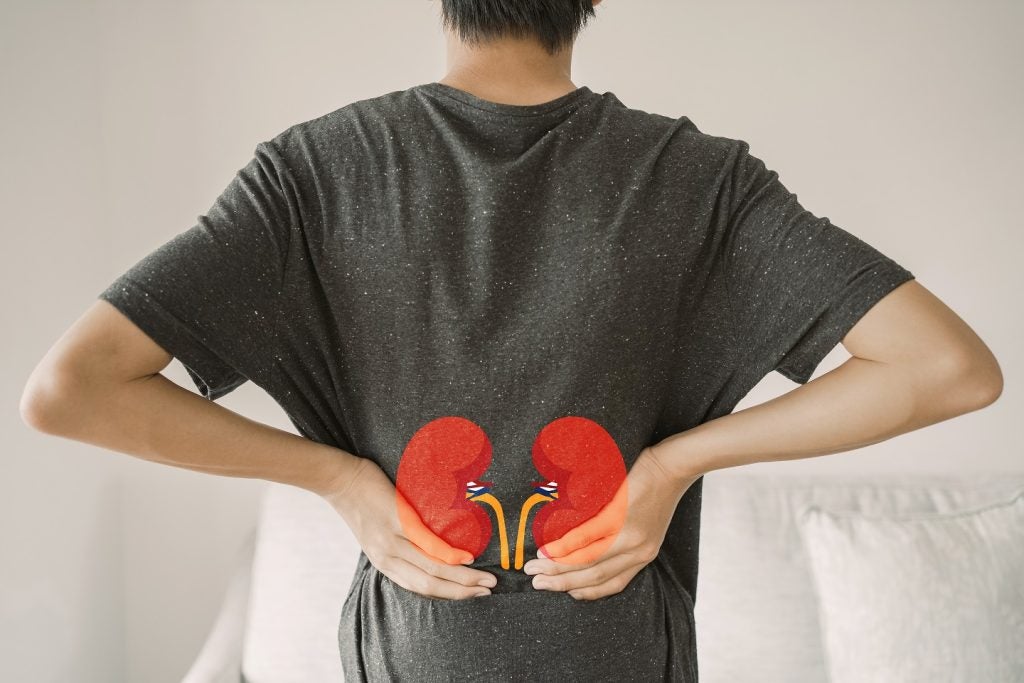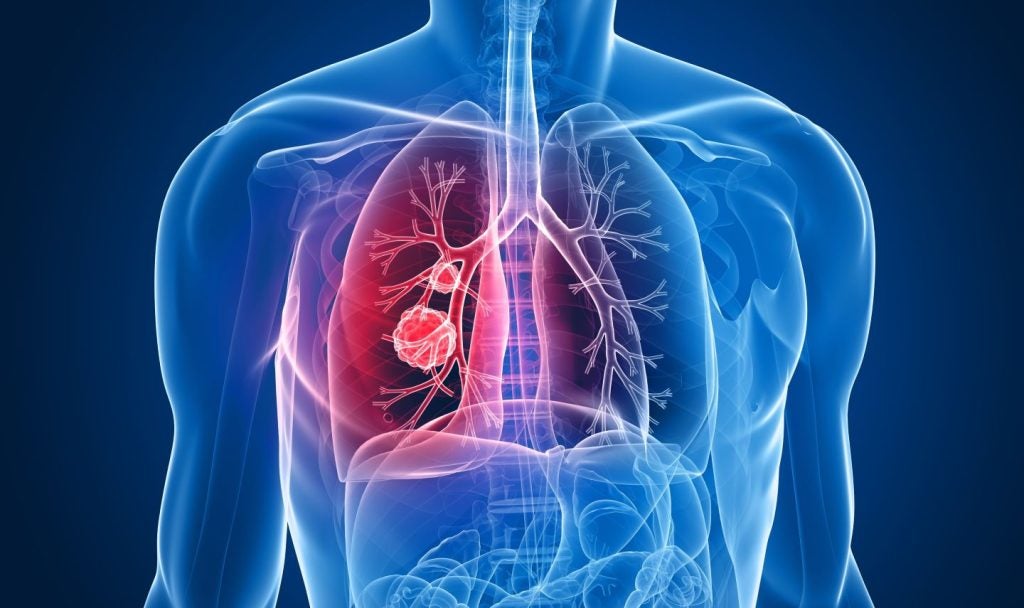According to a 2015 report from the Tufts Center for the Study of Drug Development, the success rates of molecules entering clinical development has dropped to a remarkably low rate of 11.8 percent. This ranges from an encouraging 23.9 percent for anti-infectives to the abysmal 4.7 percent for drugs affecting the central nervous system (CNS). There are a number of reasons why CNS drug development brings up the rear when success rates in drug development are assessed:
- The presence of the blood brain barrier
- Incomplete knowledge about the CNS
- Unknown pathophysiology of many brain diseases
- Absence of animal models that mimic human diseases
- Absence of objective measures for both diagnosis
- Treatment response
In addition to the above mentioned factors, there are a number of other possible reasons that are likely to negatively impact detection of efficacy signals, and as a consequence, the low rate of success for CNS drugs. These range from issues in program and study design, such as inadequate understanding of dose as well as large and complex protocols that possibly lead to a high placebo response.
Nonadherence Commonly Seen in Clinical Practice
When reviewing such reasons, a number of practical issues should not be overlooked because with careful thought and appropriate actions many of them could be mitigated leading to some improvements in clinical trial results, and ultimately higher success rates. These issues include quality of ratings of subjective scales and inflation of ratings leading to inclusion of subjects who would not meet protocol defined criteria for severity. Additionally, there are further issues, such as randomization of subjects who do not have the disease (often referred to as “professional patients” in discussions and more recently in the literature), and last but not least patients/subjects in studies not taking the study drug.
Nonadherence or partial adherence to treatments prescribed is commonly seen in clinical practice. In real-world settings, nonadherence can range up to or more than 50 percent in some groups (1). While in routine care it can be accepted, nonadherence is commonly assumed that the situation is different in clinical trials and that following prescribed treatment is almost ideal. The usual method of assessing adherence in clinical trials is by counting the number of pills returned either in bottles or blister packs. This method reveals perfect or near perfect adherence. However, when more stringent methods of assessments, such as blood levels by PK testing, are utilized there is clear evidence to the contrary (2, 3). Estimates of such nonadherence range from 15 percent to 25 percent of subjects enrolled in the trials (2, 3) and the impact of such nonadherence can be gauged by publications in the scientific literature titled, “The secrets of a successful clinical trial: compliance, compliance and compliance” (4). An alternate approach to assessing the impact of nonadherence on study power was taken by Shiovitz et al in a working group of the International Society for CNS Clinical Trials Methodology (5).
20% of CT Participants Don’t Comply
According to their estimate, if 20 percent of subjects in a clinical trial are nonadherent and provide non-informative data, the power of the trial to detect a signal goes down from 80 to 61 percent. Should a certain amount of nonadherence be included in sample size calculations when designing the trial in order to overcome this nonadherence it would increase sample size resulting in increased costs and delayed timelines. A larger number of sites may be needed and this can not only add to the costs, but may also increase variance in the data and adversely impact signal detection. Thus nonadherence and the attempt to mitigate it can adversely impact signal detection by more than one means.
How well do you really know your competitors?
Access the most comprehensive Company Profiles on the market, powered by GlobalData. Save hours of research. Gain competitive edge.

Thank you!
Your download email will arrive shortly
Not ready to buy yet? Download a free sample
We are confident about the unique quality of our Company Profiles. However, we want you to make the most beneficial decision for your business, so we offer a free sample that you can download by submitting the below form
By GlobalDataGiven the pernicious effect of nonadherence it is clear that it needs to be managed and this may need to be done by a number of different ways and at different time points in the life cycle of a trial. Designing protocols that are overly complex and need long assessments makes it more difficult for appropriate patients to enroll in studies while the “professional patients” can adapt to demands of such protocols easier. Thus appropriate trial designs may help with this. A careful consideration of sites and where patients are recruited should be done so that recruiting patients from advertisements is minimized.
More Needs to be done to Ensure Greater Adherence
Assessing adherence during the screening period and not randomizing non-adherent subjects may reduce the nonadherence in the trial. There are a number of methodologies currently being used to assess and aid adherence in both drug and placebo groups and these could be used starting from screening all the way to the trial. These include Smart caps for bottles, Smart blister packs, and artificial intelligence solutions, such as developed by AiCure. This particular method uses facial recognition software through camera phones to assess actual pill taking. There’s also the Proteus technology, which over-encapsulates a chemical signal generator that is identified after the pill is taken.
There are many reasons for failures of drugs in development ranging from safety issues to the molecule not working. Failures due to practical considerations are particularly galling as these could have been medicines that would have helped many patients. They also add to the costs overall and one of the most disheartening aspects is the thought of the many adherent patients who had volunteered and participated in trials; their efforts may have been to no avail. Hence it is incumbent upon all involved in the clinical trial process to minimize nonadherence in clinical trials.
Atul Mahableshwakar
Senior Medical Director
Takeda
References:
1) Osterberg L, Blaschke T. Drug Therapy: adherence to medication. N Engl J Med. 2005; 353:487-497
2) McCann D, Petry NM, Bressell AI et al. Medication onadherence, “professional subjects” and apparent placebo responders: overlapping challenges for medication development. J Clin Psychopharmacol. 2015; 35 (1):556-573
3) Naik H, Chan S, Vakilynejad M et al. A Population Pharmacokinetic-Pharmacodynamic Meta-Analysis of Vortioxetine in Patients with Major Depressive Disorder. Basic & Clinical Pharmacol & Toxicol. 2016, 118 344-355
4) Czobor P, Skolnick P. The secrets of a successful clinical trial: compliance, compliance and compliance. Mol Interv. 2011; 11 (2): 107-110
5) Shiovitz TM, Bain EE, McCann DJ et al. Mitigating the Effects of Nonadherence in Clinical Trials. J Clin Pharmacol January 2016








